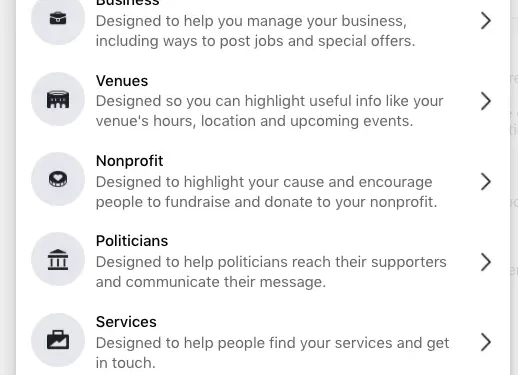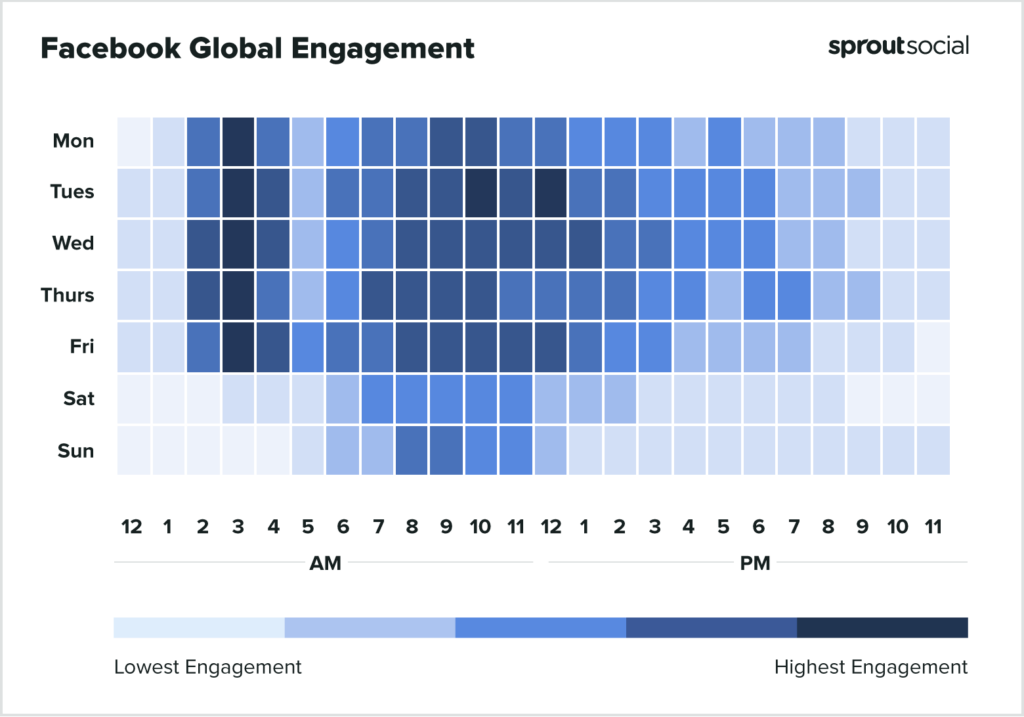Contents
It’s been clear for a while now: Video marketing is here to stay. Just think of how you used the internet today. What content did you enjoy? What posts caught your attention on Instagram? What webpages did you visit?
We bet video is a big part of your answers to all three questions, and right there is the argument for using more videos in your marketing.
The question is: Why don’t all brands do it? If video content can make such a difference, and it’s so well documented, why isn’t everyone jumping on the bandwagon? The answer is threefold.
- Budget; Many companies simply can’t afford it
- Organization; You’ll need people experienced in both creating and starring in videos
- And consistency; Once you start creating videos, you can’t stop and you’ll need a level of consistency with your posting schedule for your video marketing to work.
Unlike written content, the challenges here are more significant, but this also means that you have an opportunity to do something before your competitors and rise above the noise. This is especially true on social media sites like Facebook where videos garner 4 billion views a day.
In terms of consumption, you’re looking at 100 million hours of video watched every day, a number much smaller than YouTube’s one billion hours of video watched daily, but put together, it’s clear that Mark Zuckerberg was onto something when he said Facebook will be mostly video by 2021.

For businesses, the writing on the wall is clear: If you haven’t been using video content in your marketing mix, now is the time to start, and Facebook even shared some new video best practices to help you along.
3 Video Best Practices To Give Your Content A Boost
1. Include A 3-5 second Trailer
Given that 85% of Facebook videos are watched with the sound turned off and 65% of all video views come from mobile, one of the best practices shared by Facebook is to include a brief preview of your content at the beginning. This is because the first few seconds of a video play an important role in captivating viewers and getting them to interact with your content.
In turn, improved engagement and retention over time boost your distribution and reach on Facebook. Read also : How To Use Facebook Messenger For Business.
2. Use A 4:5 Aspect Ratio
This one is all about the fact that most people watch videos on mobile and often just inches from their face, making the way you serve your content particularly important. To see also : The Lowdown On Facebook Watch & Facebook Marketplace. Facebook shared that the best practice is to create videos in a 4:5 aspect ratio for vertical viewing.
This ensures that your message is delivered to your audience in the right format and orientation.
3. Think Social
And finally, it’s often easy to forget that Facebook is a social media site, and being social is important if you want to maximize your reach. This may interest you : What’s New On Facebook For Businesses | The Low-Down On Facebook Shop, Facebook Pay & More Updates. This means joining the conversations in the comment section of your posts, and even content from other accounts.

The more you engage in discussions and answer questions, the more you encourage people to interact with your own content, and if you need a little help to get on top of all the activity, just head to the Inbox tab of your Creator Studio where everything is in one place.
You can also buy Facebook views to speed up the process.
Facebook’s New Help Website: Social Good
In the same vein as helping businesses improve their video strategy, Facebook also launched a new website with resources to help businesses achieve their social goals. This comes as the pandemic changed the way people interact with brands, including the spotlight put on their values and practices, and the causes they support.
The website called Social Good is aimed at helping businesses build a community around causes that matter and sustainable practices. This is the new vision of Facebook, and adopting it before your competitors means you can beat them to the punch, showing up where it matters and amplifying your impact. This can be through:
- A fundraiser
- Donating to a cause
- Or showing support for social causes
The mini-site provides all the instructions you need to get started, be it a donate button added to your Facebook Live videos or a fundraiser sticker added to your Stories. And if you need inspiration, there are plenty of case studies you can go through.
According to a survey conducted by Facebook, 65% of respondents said how a brand responded to the pandemic will impact the likelihood that they buy from the brand in the future, and 28% of shoppers said they encourage others to buy from brands with values and empathy for social causes.
The bottomline? In 2020, people are looking for authenticity and a more personal connection with the brands they associate with, and that’s not about to change. If anything, Facebook’s Social Good is proof that the shift towards the meaningful is here to stay.














